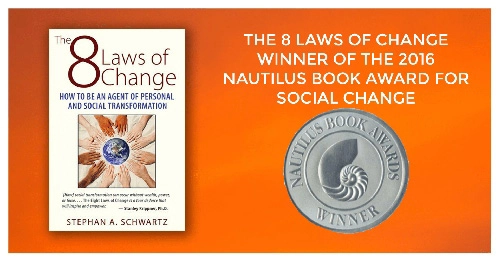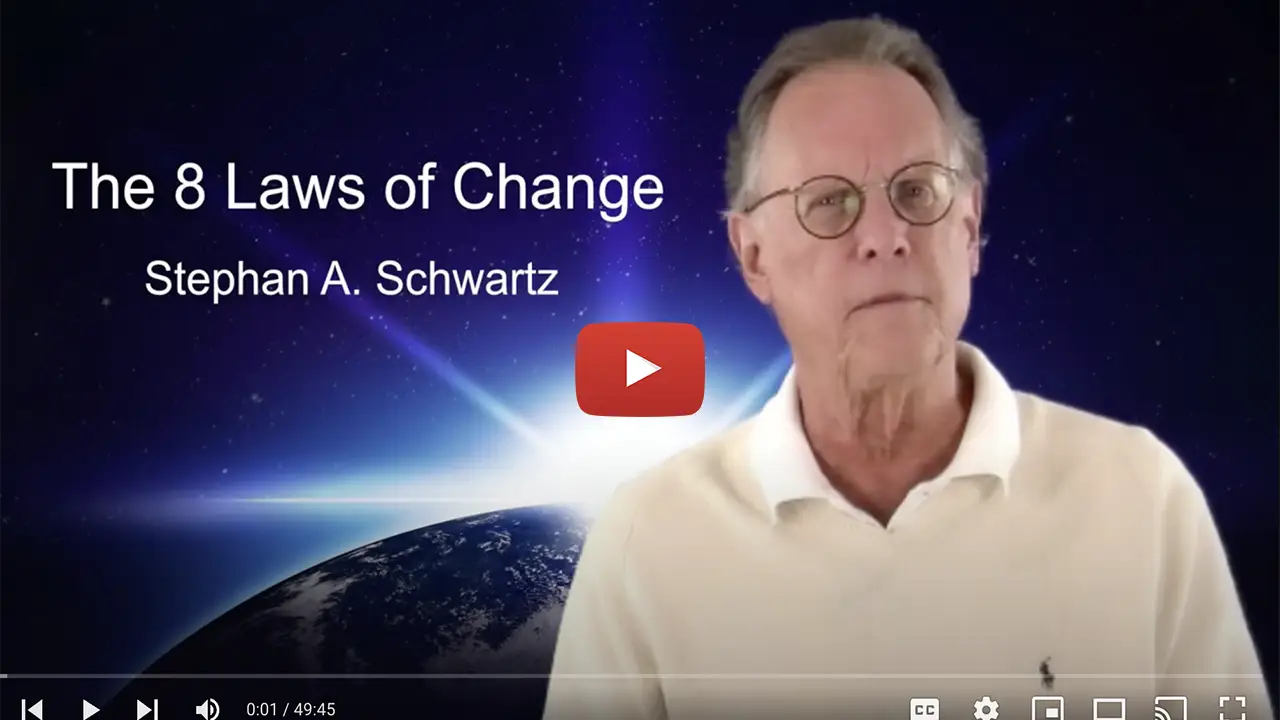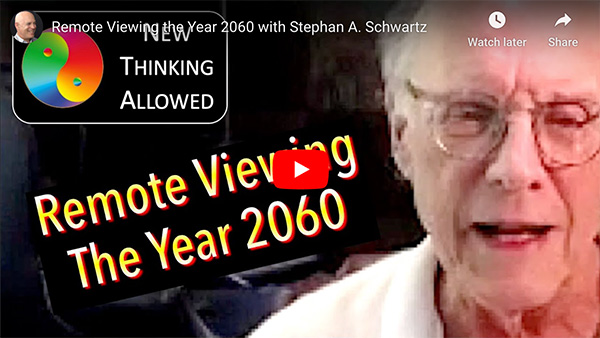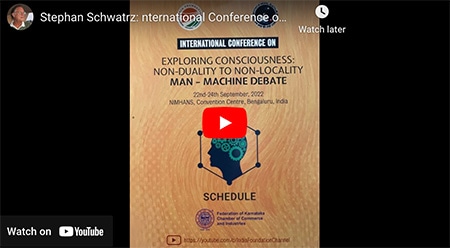The American Legislative Exchange Council (ALEC) recently adopted a ‘model
A retired federal judge warned Friday against blind faith in the secret court deciding the scope of U.S. government surveillance. During a panel discussion on constitutional privacy protection in the wake of a leaked Foreign Intelligence Surveillance Court decision that revealed widespread NSA data collection, U.S. District Judge Nancy Gertner stood up in the audience to counter the statements of conservative law professor Nathan Sales that secret surveillance requests are subject to meaningful judicial review. She cautioned:
As a former Article III judge, I can tell you that your faith in the FISA Court is dramatically misplaced.
Two reasons: One
It’s hard to get a 4.5 percent annual return on your money without taking too much risk. Banks pay less than 1 percent. Blue-chip stocks pay dividends at about2 percent. The U.S. government borrows for about 30 years at 3 percent.
Mosaic Investments
Mosaic
But I found one way to get a decent interest rate while also boosting my personal green credentials: I bought a very small piece of a solar electric power plant in New Jersey.
Solar power is growing by leaps and bounds. But it requires a large personal investment-i.e. spend $15,000, take advantage of tax credits and rebates to put a small system on your roof. And it only pays to put panels homes that have south-facing roofs and aren’t surrounded by trees. Or it requires a large corporate investment, like the giant retailers putting arrays on their giant roofs, or the huge farms sprouting in the desert. There are very few options for people with limited resources.
That’s where Mosaic comes in. Essentially, it’s crowdsourcing investments for small-scale solar projects, like a Kickstarter for green energy. But it isn’t seeking donations, and it’s not offering silly rewards like tote bags or invitations to launch parties. Rather, it’s offering fixed financial […]
Historians may look back and write about how willing we are to sacrifice our children and jeopardize future generations with a massive experiment that is based on false promises and flawed science just to benefit the bottom line of a commercial enterprise.
Last month, for the 37th time, the House of Representatives voted to repeal Obamacare, with many Republicans saying that its call for greater government involvement in the health care system spells doom. Yet most other industrial countries have health care systems with far more government involvement than we are ever likely to see under Obamacare. What does their experience tell us about Republican fears?
While in Sweden this month as a visiting scholar, I’ve asked several Swedish health economists to share their thoughts about that question. They have spent their lives under a system in which most health care providers work directly for the government. Like economists in most other countries, they tend to be skeptical of large bureaucracies. So if extensive government involvement in health care is indeed a recipe for doom, they should have clear evidence of that by now.
Yet none of them voiced the kinds of complaints about recalcitrant bureaucrats and runaway health costs that invariably surface in similar conversations with American colleagues. Little wonder. The Swedish system performs superbly, and my Swedish colleagues cited evidence of that fact with obvious pride.
The United States spends more than $8,000 a person per year on health care, well more than […]









